By analyzing the Kurosawa movie "Akira Kurosawa - Composing Movement" which you can see well that "movement" is important rather than serif in video work

Great movie "Star Wars"InfluencedIt is also known thatAkira KurosawaThe director's work is a movie that shows that "I am telling a story by movement" omitting extra linesAkira Kurosawa - Composing Movement"Has been released.
Akira Kurosawa - Composing Movement - YouTube
What is the good shot of a movie shot determined?

Balance and ......
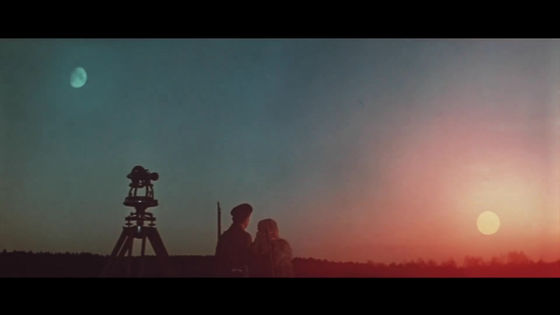
Guide line
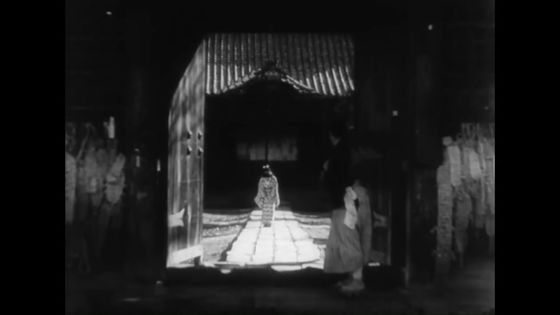
Golden ratio
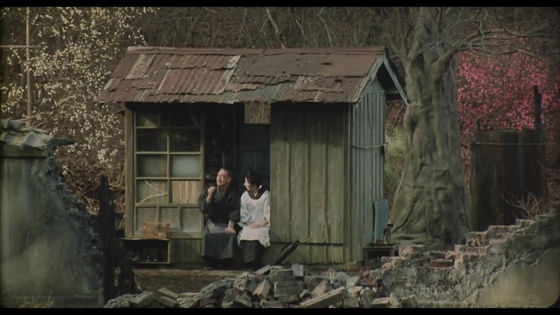
color

illumination

Arrangement, etc. are all important elements.
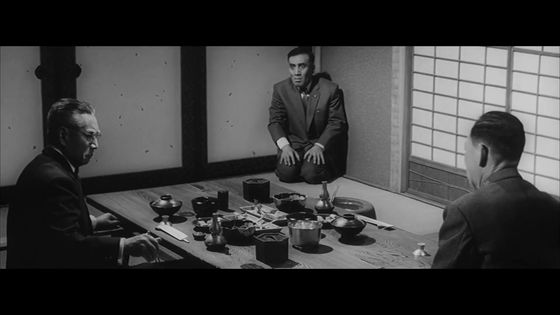
However, what is noteworthy is "movement".
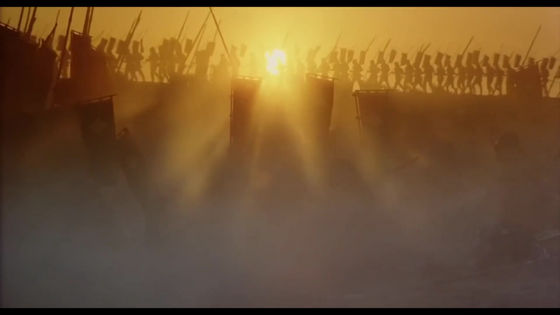
"Akira Kurosawa is like a film director Beethoven, because everyone knows the sound of Beethoven sooner or wrong, it's the same thing."
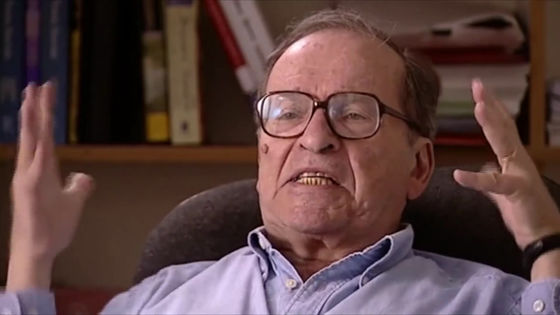
The movement of the Kurosawa movie is unique. Every work has various movements of masterpiece grade, and the combination of movements is also a top class.
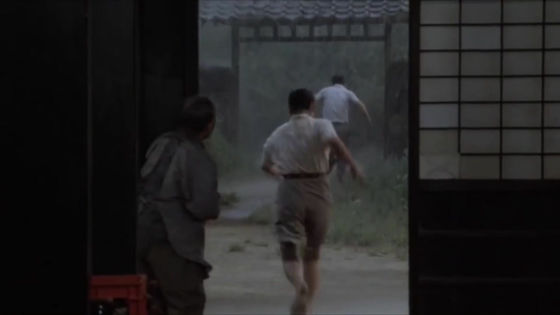
Kurosawa made 30 films in his life, but all the movies are full of amazing moves. Let's take a look at the five movements commonly used in Kurosawa movies.
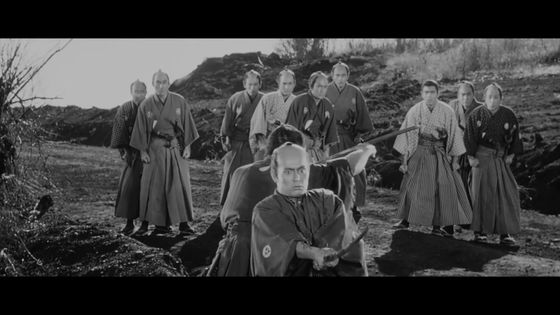
First of all, "movement of nature".

In any work, certain weather is reflected in the background.
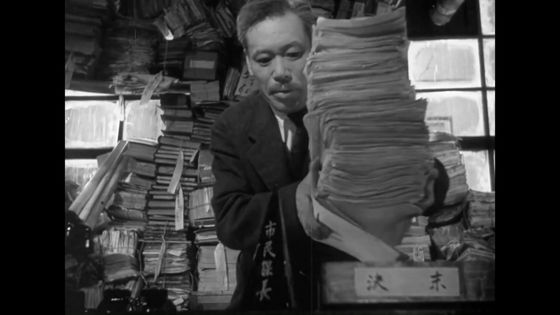
Wind
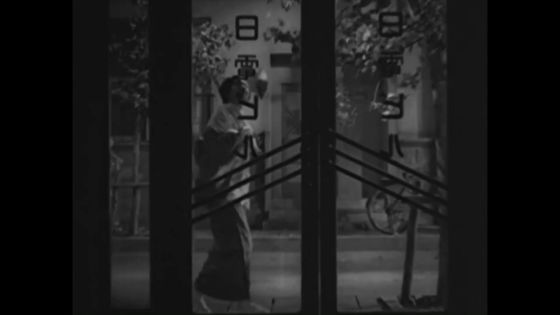
water
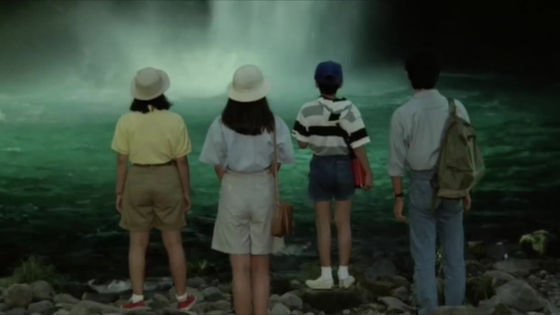
flame
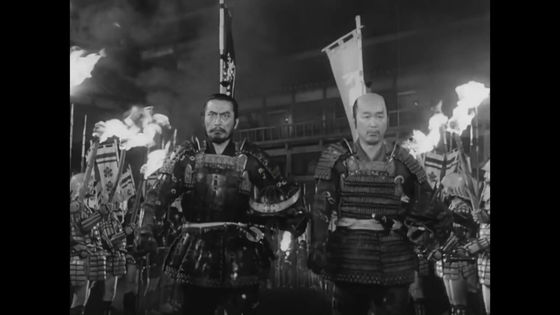
smoke
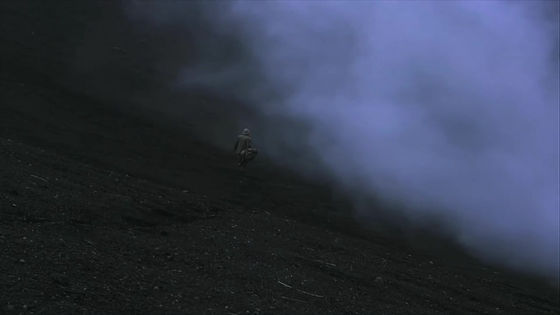
snow
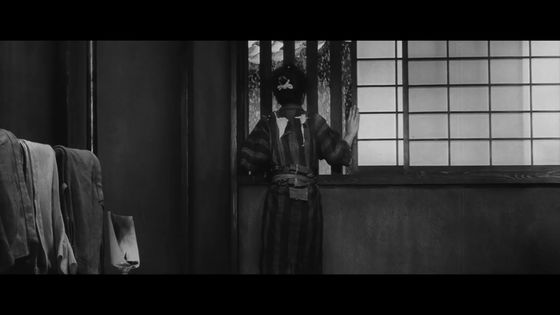
Elements other than people are added to the image by incorporating the movement of nature, and movement of the background draws attention of the audience even in the scene where the person is not moving.

"Rain always moves my mind"
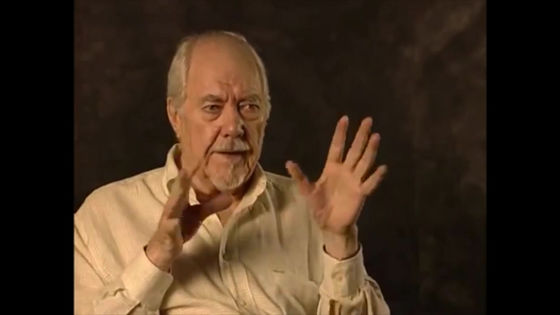
"Rain appeals to the senses of the audience and calls for sympathy"
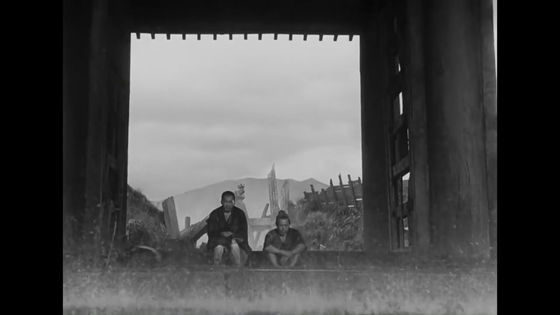
Next is "group movement".
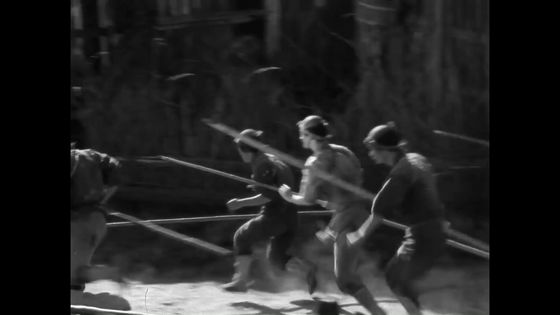
In the Kurosawa movie, there are scenes where many characters gather and scatter.
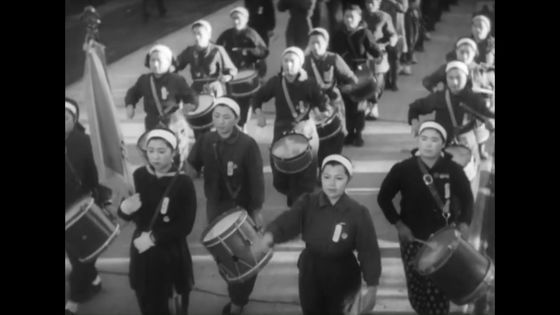
The scene of the crowd is the real pleasure of the movie (Daigomi).

Because the more people stuff in one scene, the more effective it is to increase feelings and feelings.
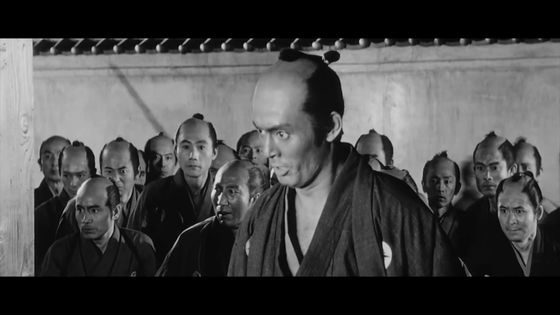
If you want to take a good reaction scene, it is better to show 4 people at the same time.

If you are about 25 people, you can get even better results.
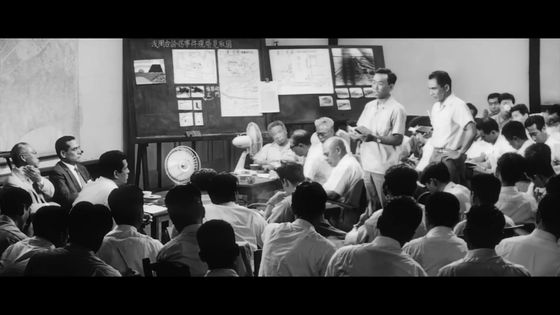
However, in this scenario, we will use the third "individual movement".
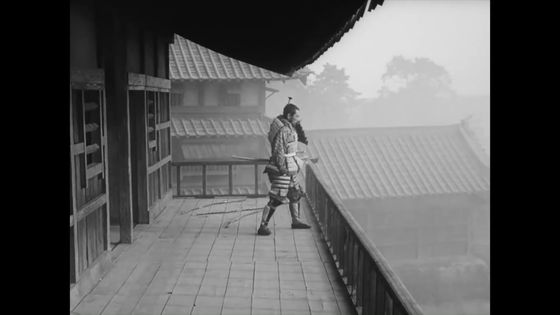
One of the attractions of the Kurosawa movie is that the play is exaggerated and a bit unrealistic.

An uneasy person walks around with a wolf ... ...
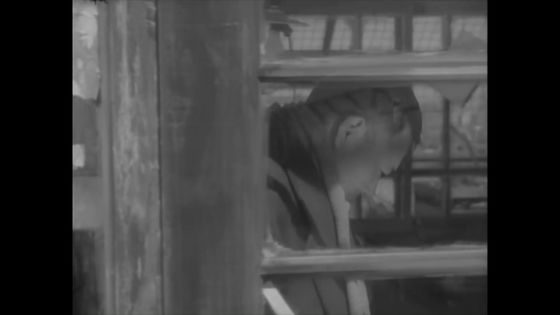
People who are furious rise up with a bag on the spot.
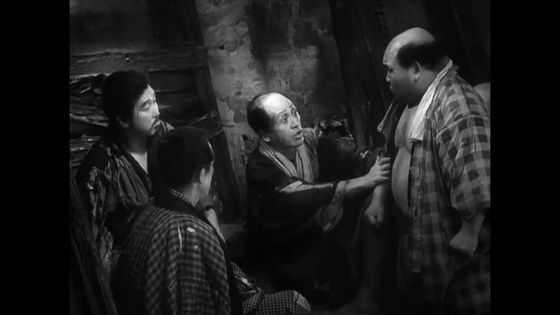
If we were beaten by embarrassment or humiliation ... ...
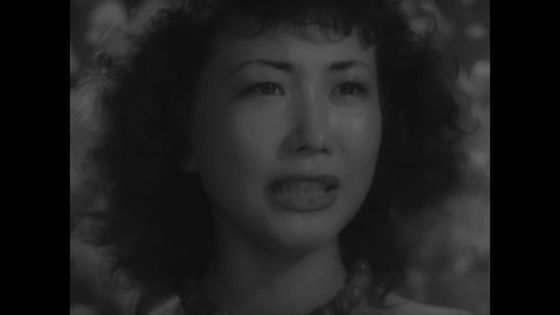
I bow down my face with my face down.

Kurosawa said that he instructed the actor to select one of his favorite actions and to repeat the movement many times in the movie.

By doing so, the audience can immediately grasp which actor is playing which role.
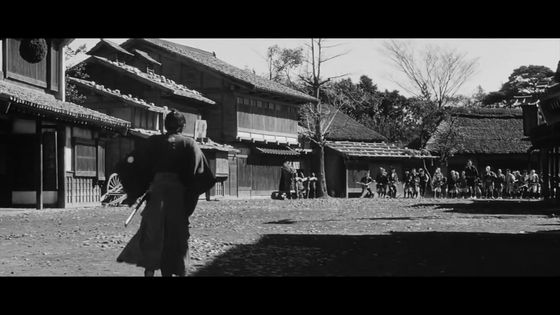
The fourth is "camera movement". Kurosawa movies are impressive with flowing camera work.
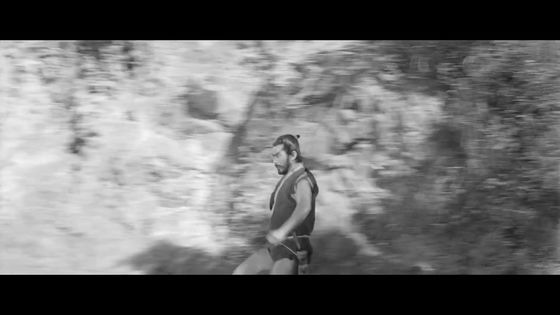
In this scene, from the upwards of the actor 's face ......

Drawing to the whole picture, shooting is done with the uncut.
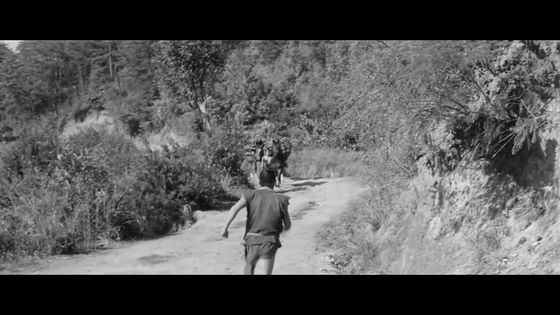
Although similar camera work can be seen with Steven Spielberg work, in the Kurosawa movie, the beginning, middle and end of movement are clearly described.
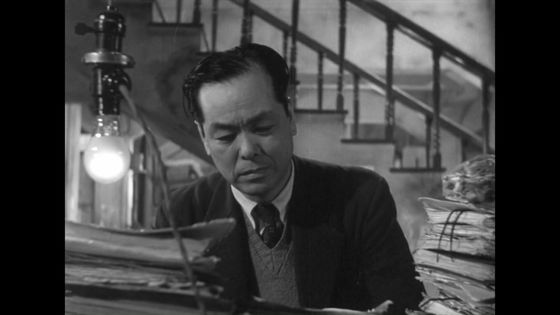
A story such as a shadow reflected on the surface of the water is completed by camera work alone.
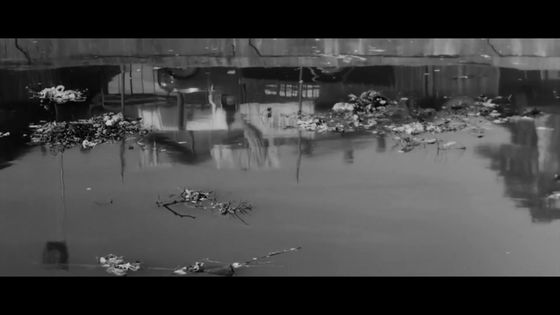
The end is "movement of cut". Kurosawa directed editing work himself. Sometimes the audience seems to move smoothly, the audience is caught by the actors' movements, and they do not notice the video editing.
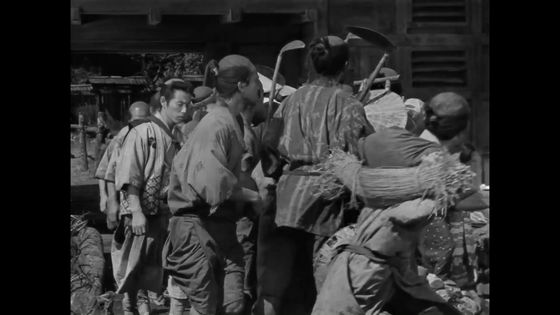
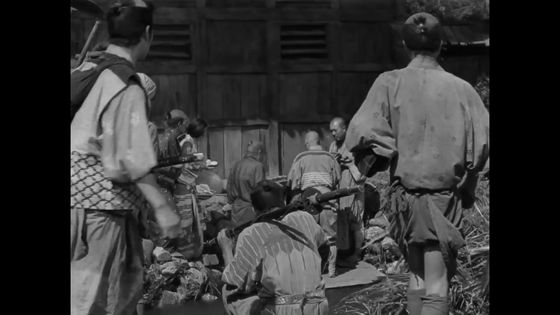
At the end of one scene, usually end it in a quiet scene ......
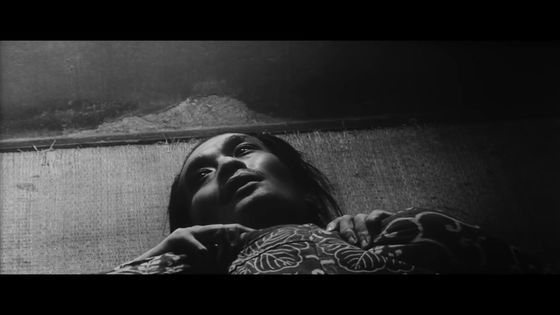
The next moment suddenly hit a different movement. By doing so, the audience can not predict how the story will progress next.
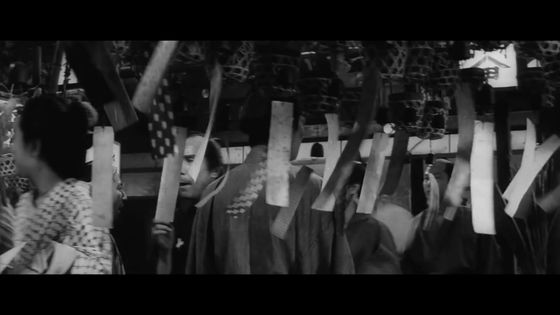
In the "Seven Samurai", the camera moves from the villager to the leading role ... ....

When the camera focuses on only the samurai and pushes the sword ......
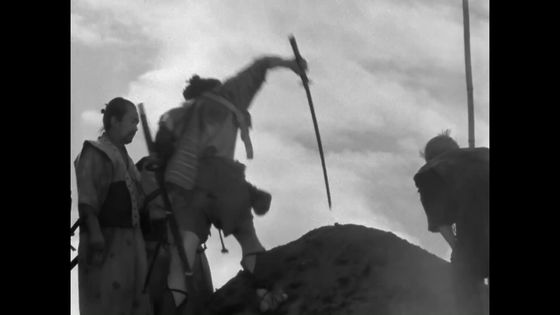
Disappointment spreads like ripples in the village. It is a scene that nobody moves, but it is a striking picture with a roaring wind.
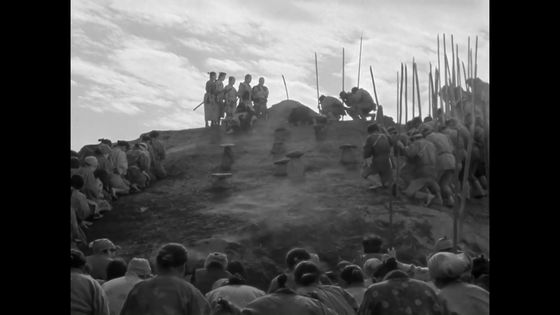
In the situation explanation scene of the movie "Avengers", the lines immediately enter the beginning of the scene, only the camera and Nick Fury are moving.
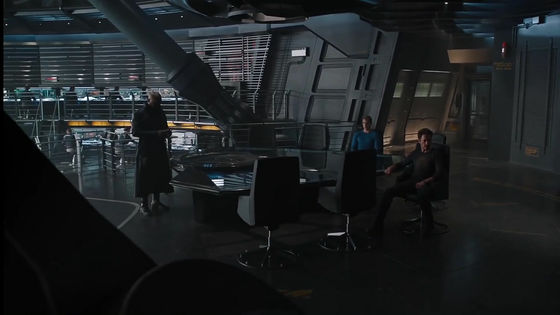
The movement of the camera has no beginning or end, and the same motion without change continues.
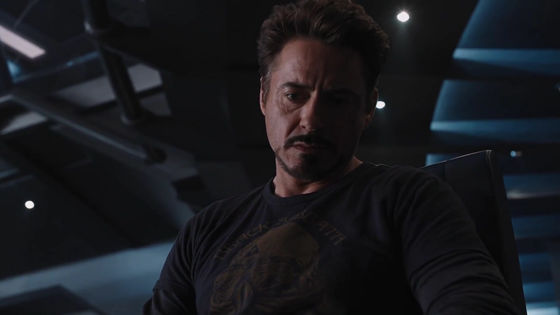
On the other hand, in the "Seven Samurai", there are clearly the beginnings of the camera movement, the middle and the end, and every shot changes its direction from the previous shot.
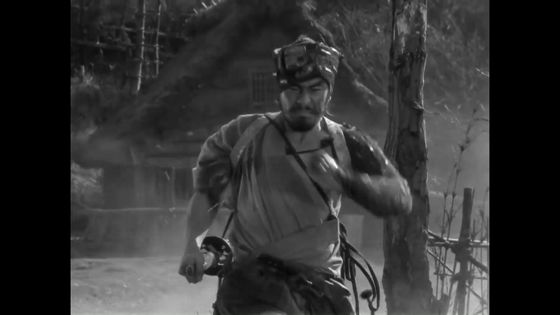
Show the movement of the flag in the scene climbing the hill ... ...
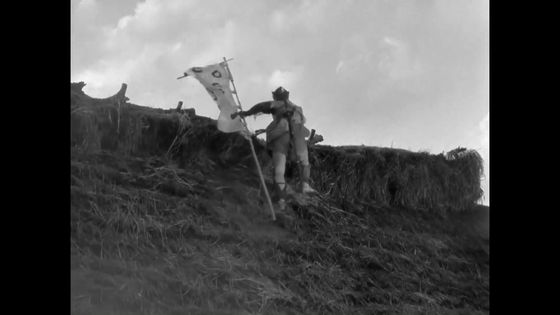
It connects naturally to the scene where the flag and the seven samurai appear together.
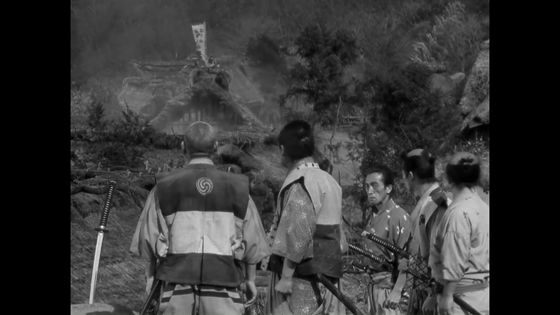
All kinds of "movement" are carefully combined and arranged in this scene. First weather.
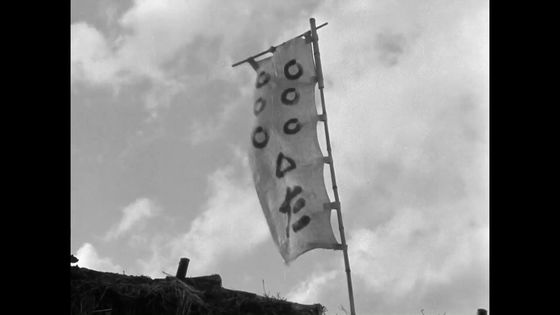
Population
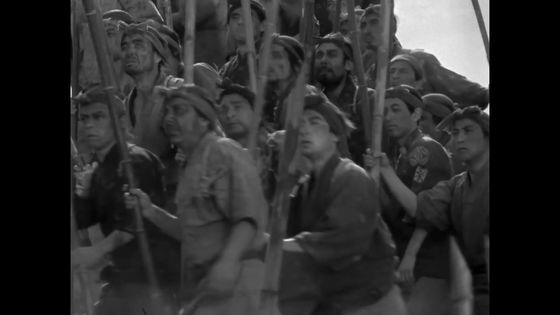
An individual

Camera work

cut
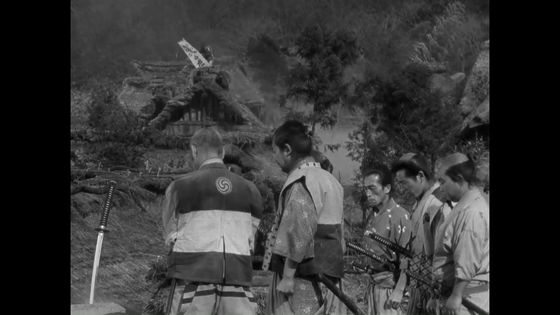
On the other hand, in "Avengers" the dialogue is the main story, the story goes forward, there is not much meaning to the movement of the camera.
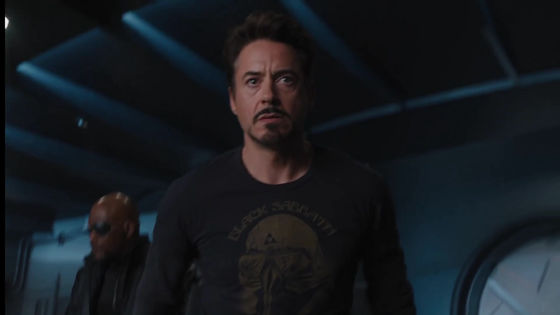
How can I make a good scene using "movement"? For that, it is important to think about the meaning of the scene and express it with "movement".
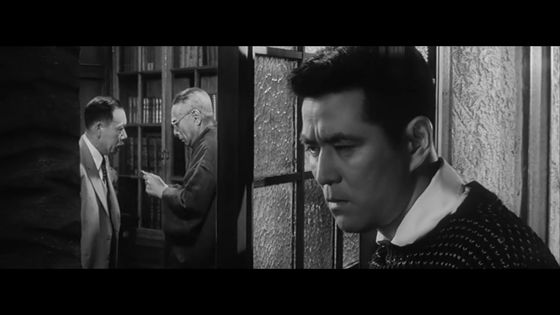
How do the characters feel? Can you express your feelings with movement?
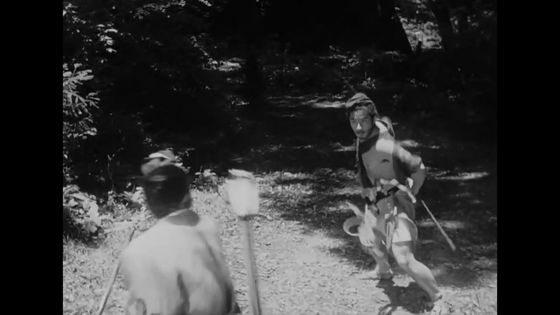
It reflects emotions casually in the background. If you express your anger, you can place a flame in the back of a person like this ...
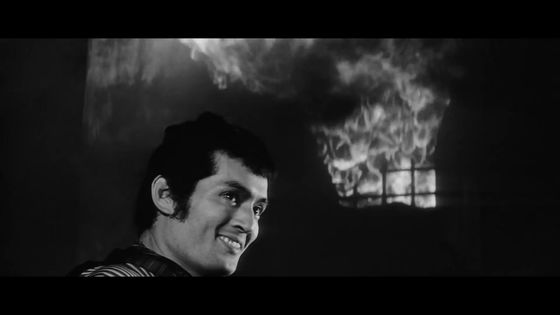
There is also a method of comparing individuals and groups. For example, when you are looking for something that can not be found, look like this.

Telling the excitement by camera movement ...

Stopping the movement and expressing surprises.

If you collect every movement, you can also create magnificent images.

Nevertheless, scenes with too much movement can make the audience tired. There are also hands that make casual and varied scenes.
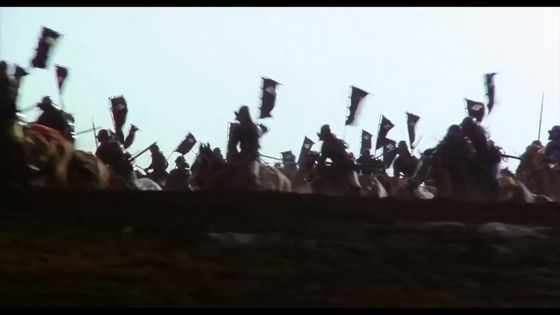
I do not know what kind of movement is effective until I try it. Movement and emotion are exactly matched, so a truly cinematic scene is born.
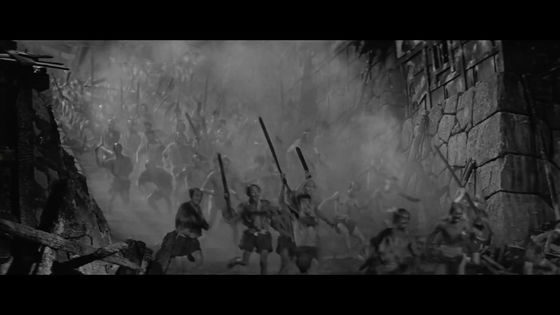
Kurosawa movies are full of movement no matter which scenes of any work are taken out.
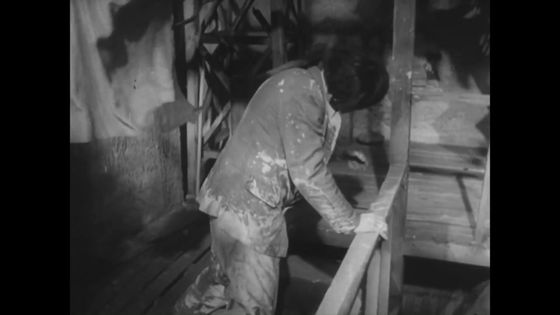
"Visual stimulation moves the audience's mind, so there is a movie"
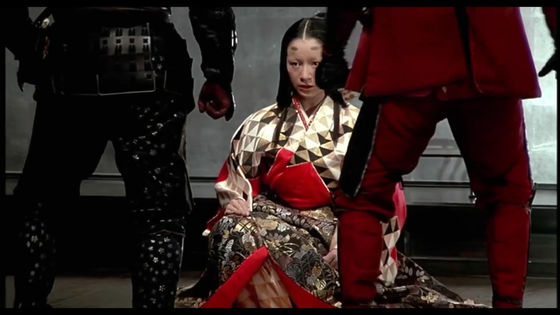
"Otherwise, you only have to listen to the radio without watching the movies"
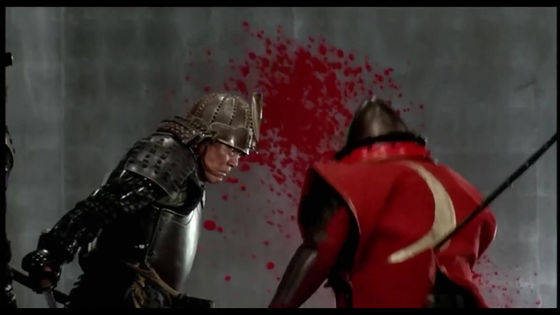
Related Posts:







